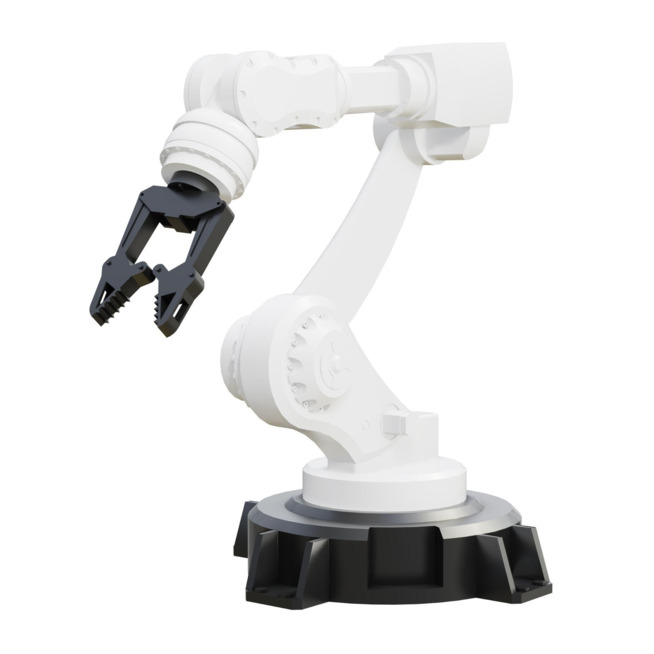Robotic system for the production of plastic products

Modern factories for the manufacture of plastic products have been keeping up with the times for a long time and use mass robotization of production lines.
At domestic plants, most of the operated injection molding machines and production lines are equipped with a robot or manipulator. There is very little equipment operating in semi-automatic mode.
Robotic systems successfully perform many tasks, for example, laying elements in an injection mold, separating the gate, removing debris, stacking, placing inserts, lubricating the mold and much more. Robots can be designed for a single operation or for sequential execution of work, for example, installation of embedded elements, removal of products, transportation and laying of products. One robot system can serve both one injection molding machine and a group of injection molding machines. An example of a robot system for performing several operations is a complex of automatic, mechanical and electrical manipulators. They remove the finished product from the mold and move it to the place of the next technological operation.
The main benefit of including this system in operation is as follows:
- Improves the accuracy of production processes;
- Reduction of production defects;
- Reduction of time spent on a full injection cycle;
- Quick tool replacement when switching from one product to another;
- Increased safety during injection molding, due to the unavailability of a person in the work area.
Robotic production allows you to organize an end-to-end transport system from machine to machine. By removing the castings, the robot can correctly position them on the conveyor belt to improve further automated operations. Further, automation carries out the application of seals, assembly of products or directly packaging of the finished product.
Robots are also involved in the injection molding machine itself. The main directions of robotic systems in injection molding:
- Capturing a part or a gate with parts;
- Sorting of parts and their further direction for additional operations;
- Precise insertion of non-polymer inserts into the mold;
- Correct orientation of the parts on the conveyor line or pallet.
Robots and manipulators are divided into several categories according to the type of work performed:
- The simplest robots for removing the gate with parts;
- The simplest manipulators extracting gate valves with parts;
- Complex robotic systems for the extraction of dimensional castings, sometimes combining the operation of laying on a conveyor belt or a pallet for packaging;
- Robots for transferring and installing parts in another injection molding machine during combined casting.
Robots are divided into two groups, divided by design.
Anthropomorphic is a manipulator arm, used when performing heavy work. For example, to extract and transfer large-sized parts in a limited space between the open parts of the mold. When performing this work, it is extremely important to observe accuracy and accuracy.
Linear robots (coordinate robots) allow you to move a part along three coordinates. This is achieved by means of movable cross guides.
The use of a robotic system in production allows you to perform all operations as quickly as possible and with high accuracy, which directly meets the requirements of a modern plant. It is possible to predict with full confidence the further increase and growth of robots used in the production of plastic products.
